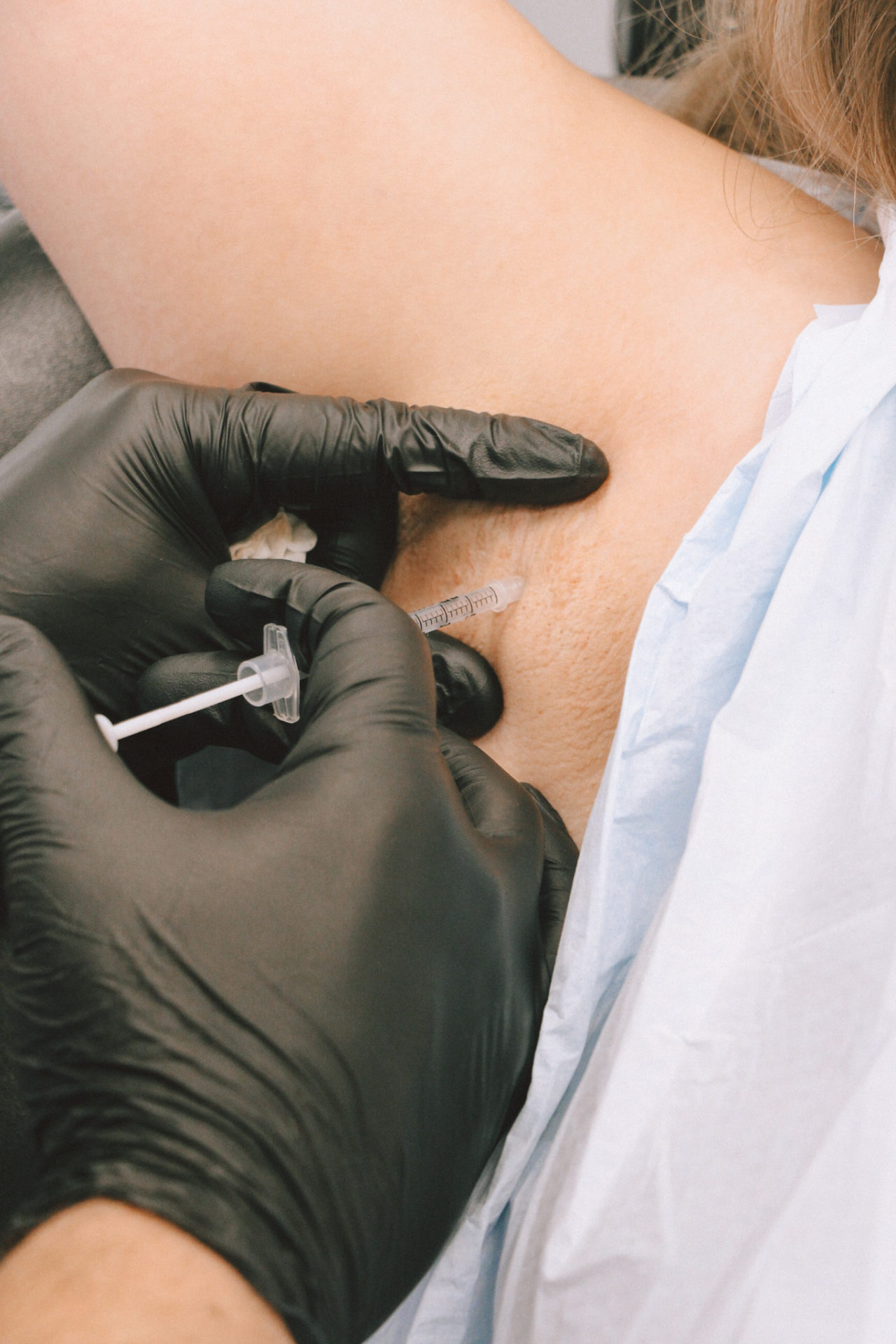Day to day in Calgary, this isn’t a problem for me (though my trainer does say I sweat just looking at the weights at the gym). Some people, though, do deal with this every day. Don’t get me wrong, Hawaii is great, but I wouldn’t want to be sweating like this at work, before a presentation or on a date. (I must maintain an aloof, cool appearance at all three… humour me and pretend I do).

Excessive sweating, termed “hyperhidrosis” by the fancy medical community, is a common problem that can affect people in many ways. It can affect people in their underarms, leading to embarrassing sweat stains. It can also affect hands and feet, making something as simple as a handshake an ordeal.
Fortunately, modern medicine comes to save the day again. There are prescription-strength antiperspirants that can help some cases, but they come with the downside of daily application, and a texture patient’s don’t always love. So you can probably predict what I am going to suggest instead. Is there anything Botox can’t do?
Botox has a lot of benefits for patients. In the case of hyperhidrosis, the function is to stop the nerve activation of our sweat glands. In doing so, it cuts off excessive sweating before it can even start, rather than trying to close the sweat ducts like most antiperspirants. It makes it a very successful treatment.
Depending on the area, the treatment procedure is different. Underarms are quite easy, usually not requiring any freezing and tolerated very well. If anything, ticklishness in the area is often the biggest complaint. Hands and feet, as you can imagine, can be a touch more sensitive when it comes to injections. Most patients can tolerate it well with simple ice application before the injections, but stronger anesthetics are available if needed.
The treatment duration is different in each individual, but the expectations can be typically between 3 and 6 months duration. I find most patients return every 6 months for repeat treatment.
Most insurance plans I have dealt with can offer at least partial coverage for this treatment (some make us jump through hoops first, but always happy to work with patients to get these steps done) and an injectors fee is charged with the procedure as Alberta Health doesn’t cover that part of the treatment.
The little inconveniences of insurances and small costs are a small price to pay for such a successful treatment. I have more satisfied hyperhidrosis patients than I can count and am always happy to talk to new patients about the procedure. For now, I will return to trying to treat my temporary hyperhidrosis with a Mai-Tai and some shade. What can I say? I’m a researcher at heart.






